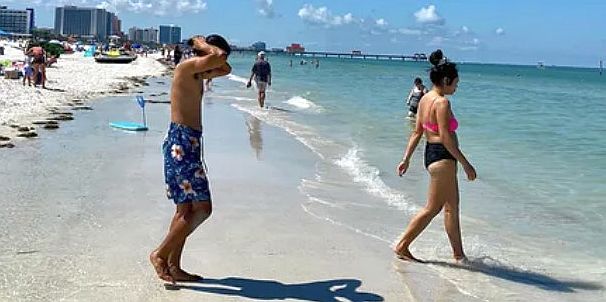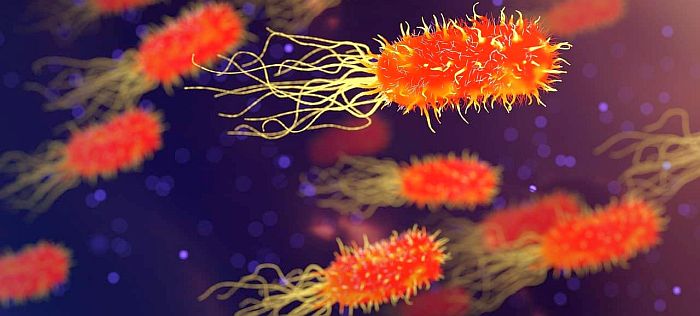
Five dead after contracting rare flesh-eating bacteria in Florida

(Image credit: The Insider Paper / Twitter)
Just when you thought it was safe to go back into the water, Floridians have more to be concerned about these days, including what’s lurking in their local waters besides sharks and moon jellyfish. This week, it’s being widely reported that five people have died in the Sunshine State’s Tampa Bay area, “due to a rare, flesh-eating bacteria in the waters.” Since the beginning of this year, there have been 25 reported cases of victims contracting that dangerous flesh-eating bacteria – in addition to those five fatalities.
WFLA reports that, according to Florida Health, Vibrio vulnificus is a bacterium that naturally occurs in warm, brackish seawater and requires salt. Individuals can become infected with Vibrio vulnificus when eating raw shellfish, particularly oysters, and entering seawater with an open wound, especially in the summer months. “Living in Florida, being around the marine environment, we need to be aware of what it is,” said Dr. Eric Shamas, an emergency medicine physician at Bayfront Health St. Petersburg.
- Vibrio vulnificus is a bacterium that normally lives in warm seawater and is part of a group of vibrios that are called “halophilic” because they require salt.
- Vibrio vulnificus infections are rare.
- Vibrio vulnificus is a naturally occurring bacteria in warm, brackish seawater.
- Water and wounds do not mix. Do not enter the water if you have fresh cuts or scrapes.
- Individuals who are immunocompromised, e.g chronic liver disease, kidney disease, or weakened immune system, should wear proper foot protection to prevent cuts and injury caused by rocks and shells on the beach.
~ per Florida Health
Of those five recently reported deaths, two have been confirmed in Hillsborough County, with one death occurring in Sarasota County, one in Polk County, and one in Pasco County. In 2022, there were 74 total cases and 17 deaths. Most occurred in Lee County after Hurricane Ian’s waters flooded the community.
“Whenever you have a break in the skin and you’re in a marine environment then theoretically you’re at risk,” Dr. Shamas added. “It’s very important to keep in mind these severe infections are very rare.”
Signs and symptoms of Vibrio vulnificus infection can include:
- Watery diarrhea, often accompanied by stomach cramping, nausea, vomiting, and fever.
- For bloodstream infection: fever, chills, dangerously low blood pressure, and blistering skin lesions.
- For wound infection, which may spread to the rest of the body: fever, redness, pain, swelling, warmth, discoloration, and discharge (leaking fluids).
The CDC suggests following these precautions:
- Don’t eat raw or undercooked oysters or other shellfish.
- If you have a wound (including from a recent surgery, piercing, or tattoo), stay out of saltwater or brackish water, if possible. This includes wading at the beach.
- Cover your wound with a waterproof bandage if it could come into contact with salt water, brackish water, marine life, or raw or undercooked seafood and its juices. This contact can happen during everyday activities, such as swimming, fishing, or walking on the beach.
- Wash wounds and cuts thoroughly with soap and water after they have contact with salt water, brackish water, marine life, raw seafood, or its juices.
For additional information on the topic of flesh-eating bacteria, see the video accompanying this article, and visit the CDC’s website.
–
Posted by Richard Webster, Ace News Today / Follow Richard on Facebook, Twitter & Instagram






